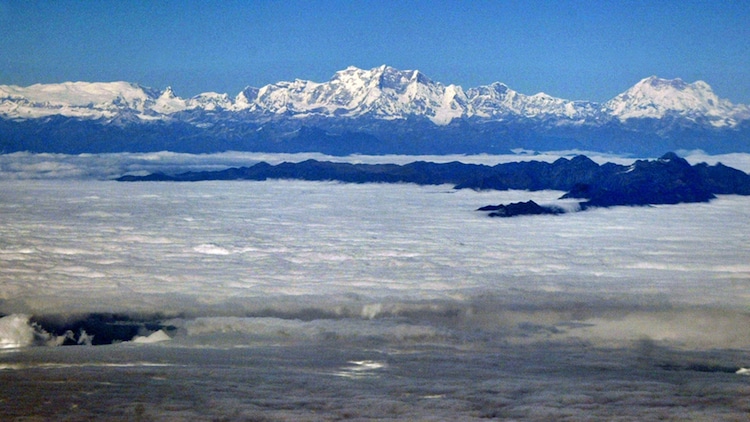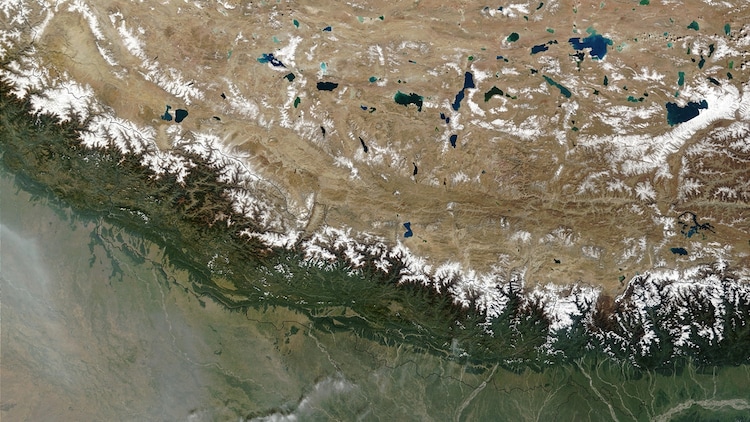In a groundbreaking discovery poised to redefine our comprehension of the forces shaping the Earth’s loftiest peaks, researchers have disclosed recent seismic data unveiling the split of the Indian tectonic plate into two beneath the Tibetan plateau.
This revelation, unveiled at the American Geophysical Union conference in San Francisco, provides a novel perspective on the formation of the immense Himalayan mountain range.
For decades, geologists have acknowledged that the Himalayas owe their towering stature to the collision between the Indian and Eurasian continental plates. Commencing approximately 60 million years ago, this process has been analogized to the crumpling of a car’s hood in a head-on collision, where the Indian plate is forced beneath its northern counterpart by the currents of molten rock within the Earth’s mantle.

Over time, the tectonic interplay at play has propelled the Eurasian landmass to unprecedented heights, forming the Earth’s loftiest elevations.
However, recent analysis challenges prior assumptions regarding the subduction of the buoyant Indian plate. Contrary to a smooth descent into the depths of the mantle, seismic data proposes a more intricate scenario, indicating the delamination of the plate.
The dense base of the Indian plate is peeling away, descending into the mantle, while its lighter top portion continues to graze just beneath the Eurasian plate.
This novel model of tectonic activity was constructed by a team led by Lin Liu, a geophysicist at Ocean University of China. Leveraging ‘up-and-down’ S-wave and shear-wave splitting data from 94 broadband seismic stations across southern Tibet, along with ‘back-and-forth’ P-wave data, the researchers present a nuanced insight into the subterranean dynamics in play.

The findings indicate that the Indian slab is neither gliding along nor crumpling uniformly but is undergoing a dramatic structural separation. Some sections of the plate appear relatively intact, while others are fragmenting approximately 100 kilometers below the surface, allowing the base to deform into the Earth’s fiery core.
This seismic investigation aligns with geological models based on helium-3 enriched spring water and patterns of fractures and earthquakes near the surface. Together, these pieces of evidence paint a picture of tectonic turmoil deep beneath the Himalayas.
The implications of this study are profound, not only for our understanding of mountain formation but also for earthquake prediction methods. With a clearer three-dimensional image of how tectonic plates interact, scientists can better comprehend the Earth’s surface evolution and potentially forecast seismic events with greater accuracy.



